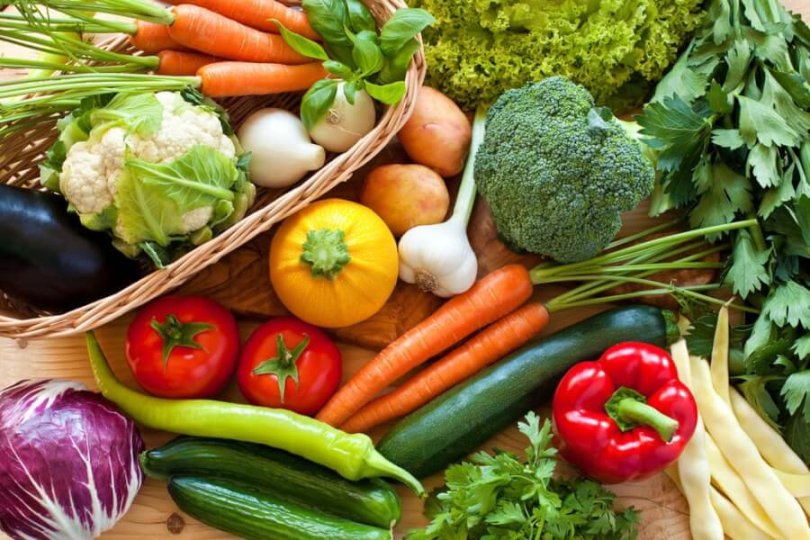Freezing is a convenient way to preserve food. But freezing doesn’t agree with all foods. Salad, cream cheese and Co.: Here you can learn how to treat your vegetables right and to win at https://fruitpartyonline.com.
Frozen foods don’t have to come from the supermarket: You can also portion fresh vegetables and fruit, bread and ready-cooked meals yourself and store them in the freezer for a relatively long time.
However, to avoid wasting energy and throwing food in the garbage unnecessarily, you should keep in mind: There are a few foods that are not really suitable for freezing – for example lettuce, dairy products or melon. Do you already know all eight products?
WHAT YOU SHOULD NOT PUT IN THE FREEZER
- never freeze lettuce
Lettuce like lettuce gets soggy when frozen and thawed again.
Lettuces such as lettuce, oak leaf or iceberg become soggy when frozen due to their high water content and are no longer edible raw after thawing. The same thing happens with spinach leaves – except that it doesn’t matter there because we cook it anyway. Therefore, you should not freeze lettuce, but rather eat it fresh. You can also get wilted lettuce crisp again by soaking it in water.
- potatoes no longer taste good when frozen
Besides lettuce, there are other vegetables that should not be frozen – for example potatoes. They lose their consistency after thawing and become mushy. In addition, their taste changes, the potatoes taste unusually sweet after thawing. Processed potato dishes such as croquettes or fries, on the other hand, can be frozen without any problems.
Potatoes contain complex carbohydrates
Potatoes: better to store in a cool, dark and dry place than to freeze. By the way, raw potatoes will keep for many months if stored properly, even without a freezer.
- freeze cream cheese? Not a good idea
Not all cheeses are suitable for freezing: Cream cheese flakes out easily after thawing and soft cheese becomes mushy.
Hard cheese can be stored in the freezer and defrosted again without any problems – practical, for example, if too much is left over from raclette. However, the cheese loses flavor and sometimes becomes a bit crumbly, so after defrosting it is only suitable for cooking or gratinating. If you still want to freeze cheese, here’s how to do it.
Do you already know vegan cheese? You can also make vegan cream cheese yourself, just like Parmesan or vegan mozzarella.
- nothing for the freezer: water-rich fruits and vegetables
Don’t freeze: water-rich foods like melon. Melons get mushy after freezing – just like lettuce!
Fruits and vegetables with a high water content, for example, tomatoes, cucumbers, radishes, lettuce, grapes, melons, many berries and tropical fruits are better not to freeze: After thawing, they usually get a mushy consistency.
- eggs can burst in the freezer compartment.
Eggs do not belong in the freezer. Eggs should never be frozen raw: In the freezer, the shell can crack. Eggs that are already cooked become rubbery. Only cracked eggs can be frozen for a few weeks, if needed, to use for baking or cooking afterwards.
- dairy products flocculate
Many dairy products, especially those with a high fat content such as whole milk, cream, sour cream, yogurt or quark, flocculate during defrosting and acquire a gritty consistency. For this reason, fresh and soft cheeses are also not suitable for freezing.
Do not freeze: fatty dairy products such as cream, sour cream, yogurt
Yogurt, sour cream & co. often last longer in the refrigerator than you think.
However, dairy products are still edible even after thawing – if you don’t mind the consistency.
- garlic is better not to freeze
Theoretically, garlic can be frozen, but it usually loses a lot of its flavor and aroma. Garlic contains many healthy ingredients.
Fresh garlic is healthy and delicious, but not suitable for the freezer.
- gelatine becomes liquid
Freezing foods containing gelatin, such as puddings, cakes and other desserts, is usually not a good idea: the binding is lost during thawing and the cream becomes liquid.











